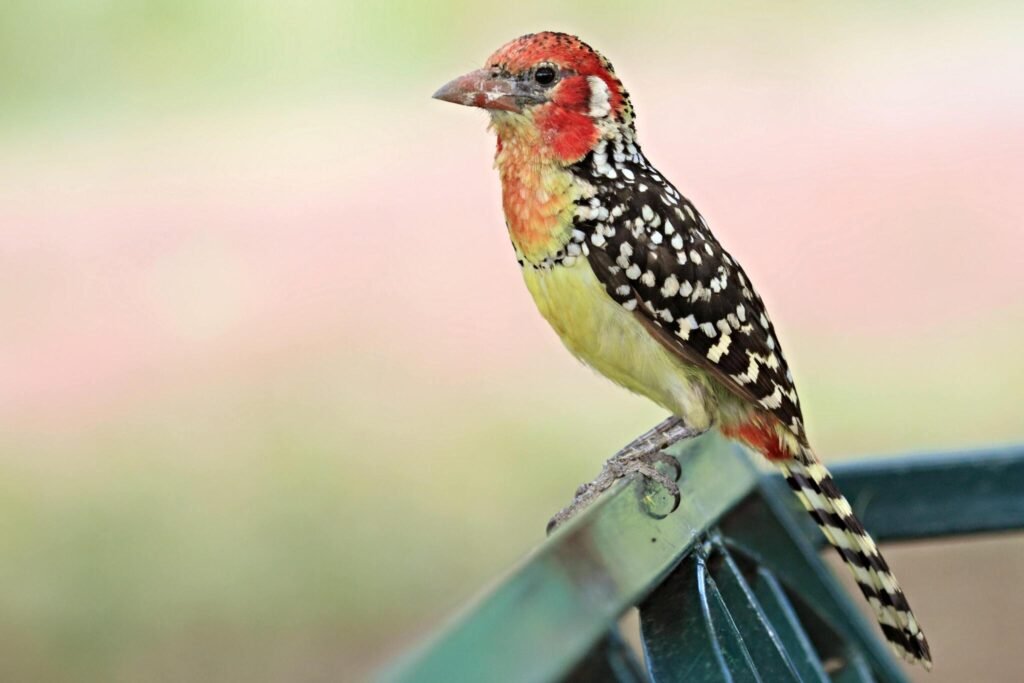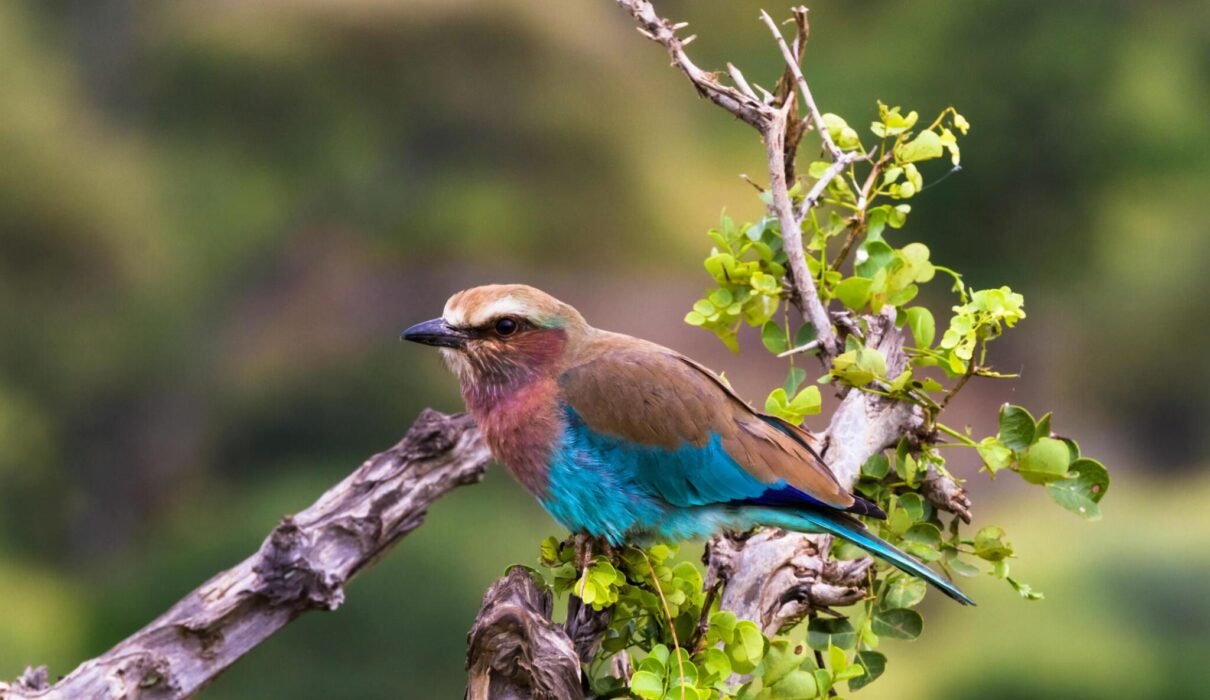A safari is a photographer’s dream—iconic wildlife, breathtaking landscapes, and dramatic lighting all come together to create the perfect conditions for capturing stunning images. But taking great safari photographs requires more than just a good camera. To truly capture the magic of your African safari, it’s important to follow some essential techniques that will elevate your photos from ordinary to extraordinary.
Here are some simple tips to improve your safari photographs and ensure you bring home memories that are as beautiful as the experience itself.

1. Know Your Camera Inside and Out
One of the best ways to improve your safari photography is to familiarize yourself with your camera before your trip. Whether you’re using a DSLR, mirrorless camera, or even a high-quality smartphone, knowing how to adjust settings quickly will help you capture fast-moving animals and changing light conditions.
Key Camera Settings to Learn:
- Shutter Speed: A fast shutter speed is essential for freezing motion, especially when photographing animals in action.
- Aperture: Adjust the aperture to control the depth of field, allowing for beautiful background blur or sharp landscapes.
- ISO: Understand how to balance ISO with available light to avoid grainy photos while maintaining clarity.
Take time before your safari to practice with your camera, experiment with different settings, and get comfortable switching between modes on the go.
Learn more about camera settings for wildlife photography
2. Bring the Right Gear
To capture stunning safari photographs, having the right gear is crucial. Whether you’re a professional or a beginner, a few key pieces of equipment will significantly improve your photos.
Essential Safari Photography Gear:
- Telephoto Lens: A 200mm to 400mm telephoto lens will help you zoom in on wildlife without disturbing them.
- Wide-Angle Lens: Use a wide-angle lens to capture expansive landscapes and dramatic skies.
- Tripod or Beanbag: A small tripod or beanbag will stabilize your camera when using long lenses, ensuring sharp photos even in low light.
- Extra Batteries and Memory Cards: Safaris can last all day, and you don’t want to miss a shot because of dead batteries or full memory cards.
Packing the right gear will make a significant difference in the quality of your safari photos.
Explore safari photography gear recommendations
3. Use Natural Light to Your Advantage
Lighting can make or break a photograph. The best time to capture stunning safari images is during the golden hours—shortly after sunrise and just before sunset—when the light is soft, warm, and golden.
Tips for Using Natural Light:
- Golden Hours: Plan to shoot early in the morning or late in the afternoon for the best lighting. During these times, shadows are softer, and colors are more vibrant.
- Avoid Harsh Midday Light: The midday sun can cast harsh shadows and make photos look flat. If you must shoot during midday, try to photograph animals in the shade.
- Backlighting: Shooting towards the light can create beautiful silhouettes or rim light around animals, highlighting their shapes.
Understanding how to use natural light will enhance the mood and depth of your safari photographs.
Learn how to master natural light in wildlife photography
4. Focus on Composition
Great photography isn’t just about the subject; it’s also about how you compose the shot. Thoughtful composition can turn a simple photo into a masterpiece.
Composition Tips:
- Rule of Thirds: Imagine your frame divided into nine equal sections. Position your subject along these lines or at their intersections to create balance and interest.
- Leading Lines: Use natural elements like paths, rivers, or tree lines to guide the viewer’s eye to the main subject of your photo.
- Framing: Look for natural frames like trees, bushes, or rocks to frame your subject and add depth to your image.
Mastering composition will help you capture more dynamic and engaging photos.
Discover more composition techniques for wildlife photography
5. Be Patient and Wait for the Moment
Wildlife photography requires patience. Animals don’t always pose perfectly, and you may have to wait for the right moment to capture a great shot.
How to Capture the Perfect Moment:
- Anticipate Behavior: Learn about the behavior of the animals you’re photographing. Understanding when an animal might leap, hunt, or interact with others will help you capture dramatic moments.
- Stay Still: If you find a good position, stay there and wait. Often, animals will approach or display interesting behavior if you remain quiet and still.
- Burst Mode: Use burst mode to take multiple shots in quick succession, especially when photographing fast-moving animals like cheetahs or birds in flight.
Patience and timing are the keys to capturing memorable wildlife images.
Read more about wildlife photography patience
6. Get Close but Stay Safe
While it’s tempting to get as close as possible to animals for dramatic shots, safety should always come first. Use your telephoto lens to zoom in and capture close-up shots without disturbing the wildlife.
Ethical Wildlife Photography:
- Don’t Disturb the Animals: Respect their space. Never approach too closely or make loud noises to get their attention.
- Follow Guide Instructions: Your guide knows the behavior of the animals and will keep you safe while helping you get great shots.
- Stay in the Vehicle: In many cases, getting out of the vehicle is prohibited for safety reasons, especially when near large predators like lions or elephants.
By respecting the animals and their environment, you can capture beautiful photos while maintaining a safe distance.
Learn more about ethical wildlife photography
7. Tell a Story Through Your Photos
Instead of just capturing standalone shots, think about telling a story through your images. A series of photos that shows an animal’s behavior, interactions, or habitat can make your safari photography more compelling.
Tips for Storytelling Photography:
- Capture a Range of Shots: Take wide-angle shots of landscapes, medium shots of animals in their environment, and close-ups of specific details or behaviors.
- Show Interactions: Photograph animals interacting with their environment, each other, or even humans, if applicable.
- Include Context: Incorporate elements of the landscape, such as a distant mountain or a vast savanna, to place your subject in the broader context of their habitat.
Storytelling through photography makes your images more engaging and memorable.
Learn more about storytelling in wildlife photography
8. Edit Your Photos to Perfection
Once your safari is over, editing your photos is the final step to ensuring they look their best. Simple post-processing can enhance the natural beauty of your images.
Basic Editing Tips:
- Adjust Exposure: Correct any underexposed or overexposed areas to bring out details in shadows and highlights.
- Enhance Colors: Slightly increase saturation or vibrance to make colors pop without making them look unnatural.
- Sharpen Details: Use sharpening tools to bring out fine details, especially in animal fur, feathers, or landscapes.
Whether you’re using professional editing software like Adobe Lightroom or a simple mobile app, post-processing can take your photos from good to great.
Discover how to edit wildlife photos like a pro
FAQs About Safari Photography
1. Do I need a professional camera for a safari?
While professional cameras with telephoto lenses offer the best results, a good-quality smartphone with manual settings or a compact camera can still capture excellent images with the right techniques.
2. How can I photograph animals in motion?
Use a fast shutter speed to freeze motion and activate burst mode to capture a series of shots in quick succession. This is particularly useful for photographing animals running or flying.
3. What should I focus on when photographing wildlife?
Focus on the animal’s eyes—sharp, well-focused eyes create a connection with the viewer and enhance the emotional impact of the photo.
Start planning your safari photography adventure with Kilimanjaro Climb Specialist
Conclusion: Ready to Capture Stunning Safari Photos?
Improving your safari photography is all about understanding your equipment, mastering the basics of composition and lighting, and being patient. With the right preparation and techniques, you’ll be able to capture the beauty of the wildlife and landscapes you encounter on your African safari.
Start your safari photography adventure with Kilimanjaro Climb Specialist
Book your next safari with Eddy Tours Safaris

